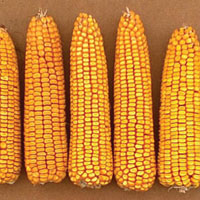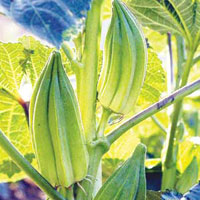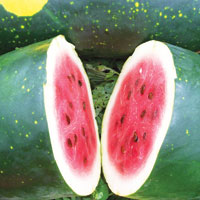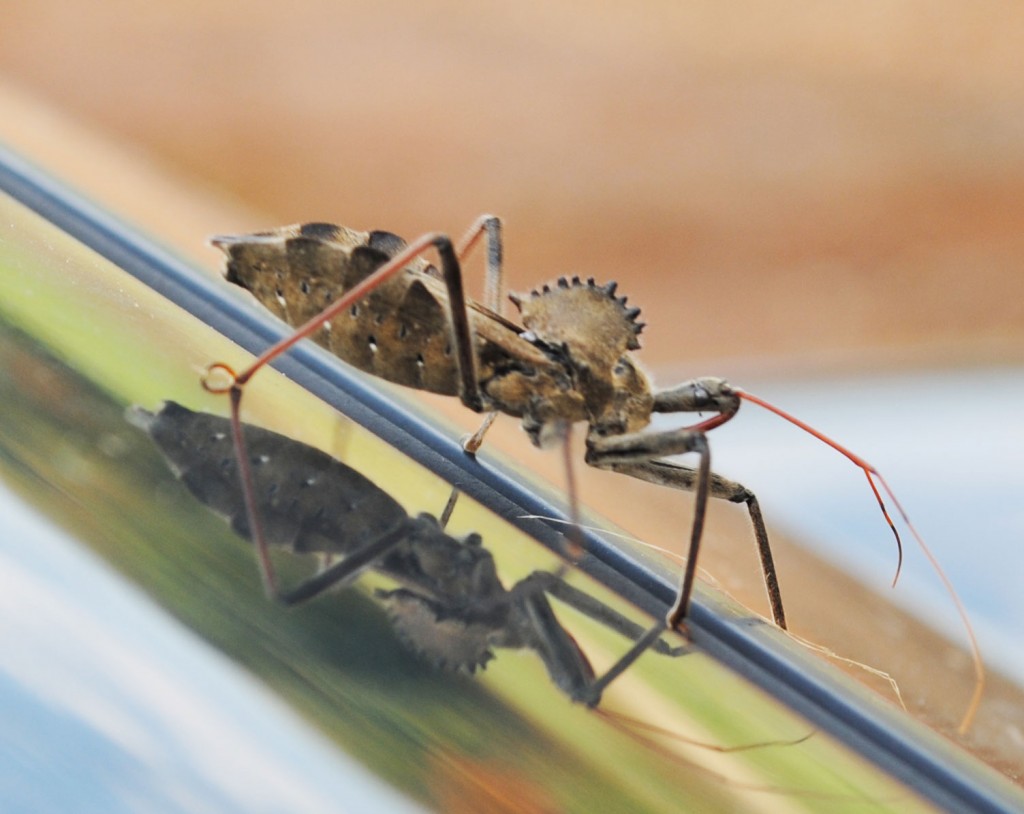April brought us cooler days than March, but warm, settled weather is just around the corner. We’re busy hardening off transplants, preparing our beds, and getting ready to sow warm season crops straight into the ground.
Direct sowing seeds outdoors can give big results, fast, without all the fuss of caring for transplants. And many summer crops generally grow better when direct sown, forming deeper, more drought-tolerant root systems. In late spring we direct sow corn, snap beans, zucchini, summer squash, winter squash, and pumpkins.



We’ll wait until mid-May, when the weather has really settled, to sow melons, watermelons, cucumbers, okra, peanuts, southern peas, cotton, and lima beans. Direct sowing flowers in May lets us easily establish glorious, pollinator-attracting stands of sunflowers, cosmos, zinnias, marigolds.
Any gardener who has seen tomatillo and ground cherry volunteers come up in the garden knows that these nightshades are hardy enough for direct sowing.
When grown in pots, flats, or nursery beds, many crops will change their root systems – instead of a deep, water seeking taproot, which breaks off during transplanting, these wandering (plant) souls develop shallower and more spread out root systems. Plants sown directly in the ground quickly establish deep roots, so they’re better prepared for summer dry spells. They also don’t suffer transplant shock. And when you thin out all but the sturdiest seedlings, you get to choose the ones best adapted to the strong sun, wind, insects, and other demands of the great outdoors.
To direct sow squash, melons, okra, or any crop that needs a wide spacing, simply “station-sow”: sow three or four seeds into each spot where you want to have a plant. You may want to sow a little more deeply than you would for transplants, as this will help prevent the seed from drying out. You’ll need to pay special attention to keeping the ground moist while the seeds are germinating.
Once your seedlings emerge and begin to show true leaves, you’ll want to thin them down to one per station, ideally before they begin to shade each other. Choose the sturdiest, most vigorous seedling to save, and snip or pinch off the others where they meet the ground.
To give direct sown seeds a head start before letting them loose in the great outdoors, simply soak them for a few hours before sowing. The seeds will plump up with water, giving them internal reserves to prevent drying out.
This year, think about direct sowing a crop instead of buying or growing transplants. You might be surprised by how quickly these plants catch up to early transplants, and how they’ll continue to thrive when those early transplants get touched by drought.
 Join us for the World Premiere of the first Virginia Food Heritage Short Films. These 18 short films on Central Virginia food traditions will be screening in Charlottesville on both Wednesday, May 2nd, at 7pm, and Thursday, May 3rd, at 5pm, with a discussion to follow the screening on Thursday.
Join us for the World Premiere of the first Virginia Food Heritage Short Films. These 18 short films on Central Virginia food traditions will be screening in Charlottesville on both Wednesday, May 2nd, at 7pm, and Thursday, May 3rd, at 5pm, with a discussion to follow the screening on Thursday.




 These “true bugs” are the only insects found in the U.S. with a wheel-like crest behind the head, so they’re easy to identify. In the immature stage, usually seen in April through June, they don’t have the crest, but their red and black bodies are pretty easy to recognize. (The nymph photo at right comes from the University of Florida.)
These “true bugs” are the only insects found in the U.S. with a wheel-like crest behind the head, so they’re easy to identify. In the immature stage, usually seen in April through June, they don’t have the crest, but their red and black bodies are pretty easy to recognize. (The nymph photo at right comes from the University of Florida.)